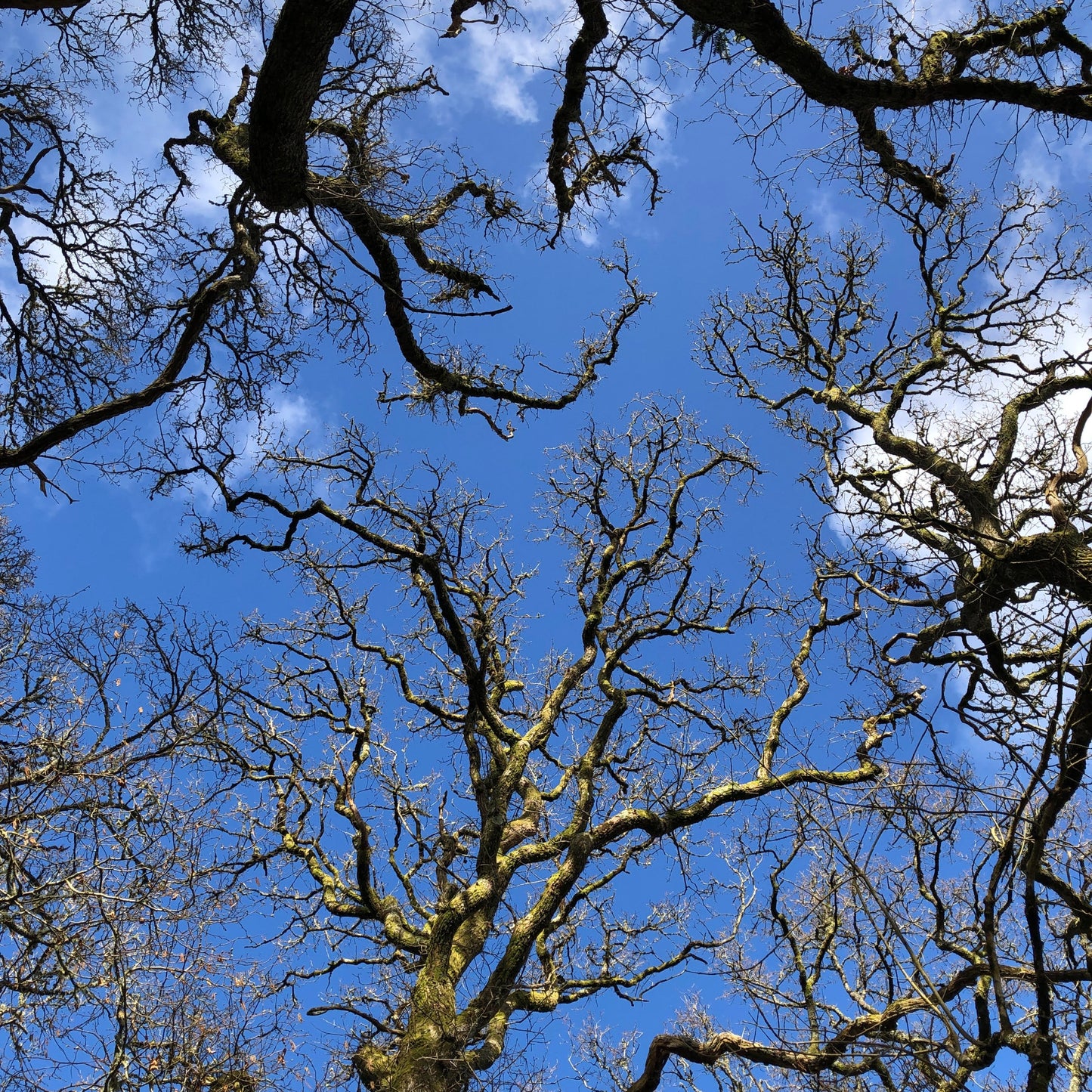Habitat Aid Ltd
English Oak (Quercus robur)
English Oak (Quercus robur)
Prices include VAT (when applicable) and delivery to mainland UK.
Couldn't load pickup availability
English Oak (Quercus robur)
Value For Wildlife
Oaks support more fauna than any other trees in the UK. Of the 284 insect species they include, in their canopy, the glorious Purple Hairstreak. It's said an English Oak will lose half its leaves to insects in a normal year. They are, consequently, a magnet for predators like bats. Oak trees have more galls than any other British tree too, including oak apples, and many fungi. According the the Woodland Trust, a 400 year old oak can support 2,000 different types of birds (and bats!), lichen and fungi. Wow! It also produces 234,000 litres of oxygen a year (how on earth is this measured /calculated?!). Its masses of acorns used to be very helpful feed for pigs as well, under the rules of pannage, and continue to be for a host of small mammals. There's a contract between the tree and some animals; squirrels and jays in particular bury acorns to store them and, inevitably, lose a fair few!
History In Britain
Oak wood has, of course, been used for a vast array of products - ships, barrels, buildings - since time immemorial, and it was widely planted for its timber in the 18th and early 19th centuries. The Oak woods in the Forest of Deane are the equivalent of an abandoned munitions factory, originally planted to provide the Royal Navy with "walls of oak" for men-of-war before the ironclad. An estimated 6,000 oak trees were used to build HMS Victory, for example.
It is the supreme native hardwood; the tree's cultural, ecological, and economic significance give it a unique place in our past. Long before Charles II hid in one, they had a special place in British history, personifying strength, permanence and utility. Although they come in many shapes and sizes, ancient stag headed oak trees up to 1000 years old are immediately recognisable landmarks across the country. Left to their own devices, the vast branches of ancient oaks sweep low and long over the ground around them. They are sun loving trees, and need space to spread. Hereabouts they are dotted around a landscape of wood pasture.
English oak is also known as Pedunculate oak, as distinct from the Sessile oak, Quercus Petraea (also native). It's usually the Pedunculate oak you see in Medieval church carvings, as the pre-eminent tree in English and Welsh woodlands.
The future of our oaks is uncertain. Although they are relatively drought resistant, there are nasties out there which present real challenges. Oak mildew from the U.S. means that seedlings are now only regenerating on open ground, for example, so there numbers in woodland are falling.
Plants For Sale
We only sell young trees as we find they don't like being moved and larger plants can fail. We also include them in our mixed native woodland collections. Like all our native trees, our oaks are grown in the UK, from UK origin acorns.
We sell nice 2 year old 60-90cm whips in multiples of 5. Please note that the largest oaks we sell - 175-200cm - may be subject to shipping surcharges for deliveries to remote locations.
Suppliers:British Hardwood Tree Nursery, RV Roger
Your purchase of oak trees helps us support a range of charities, which are related to the products we sell.
See our planting and size guide for details and tips on planting. These oak trees are all bare root, and are consequently available for delivery from November until March ( please ask if you are interested in pot grown plants). During the lifting season there may be up to two weeks delay between placing the order and dispatching, due to weather conditions or pressure of orders, which are dealt with in date sequence. Orders for Quercus robur placed between March and September are confirmed in October ready for dispatch from November.
Information
Share







